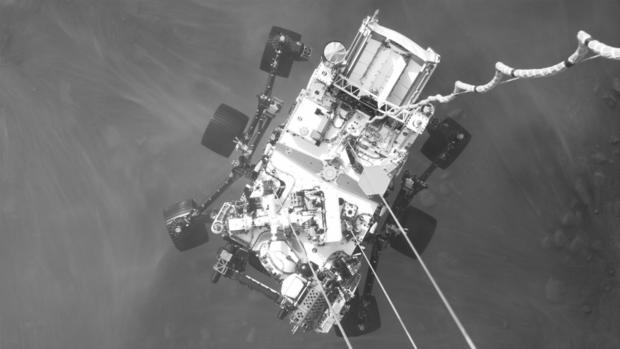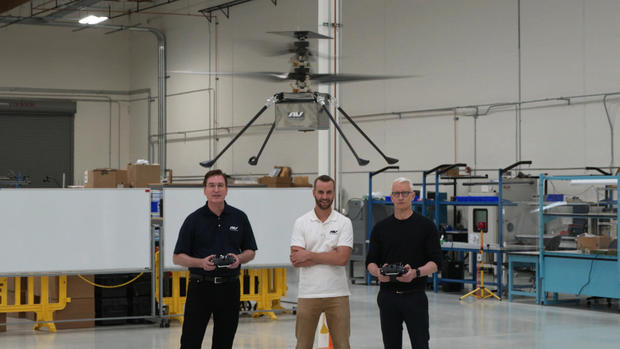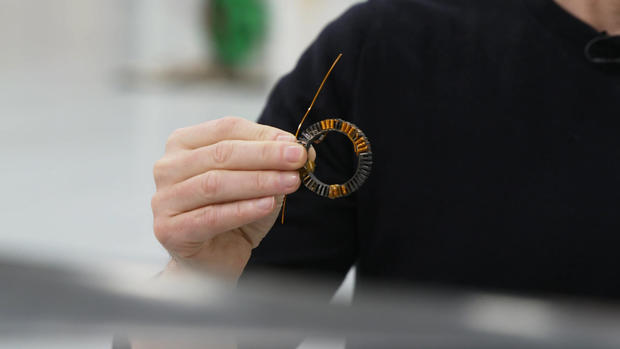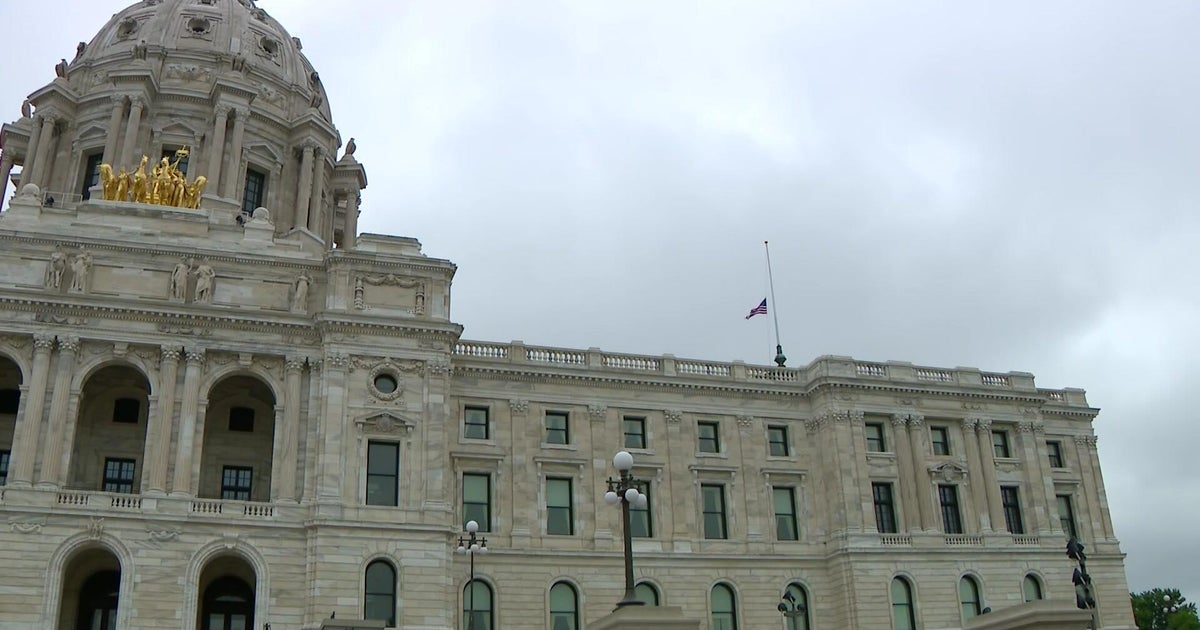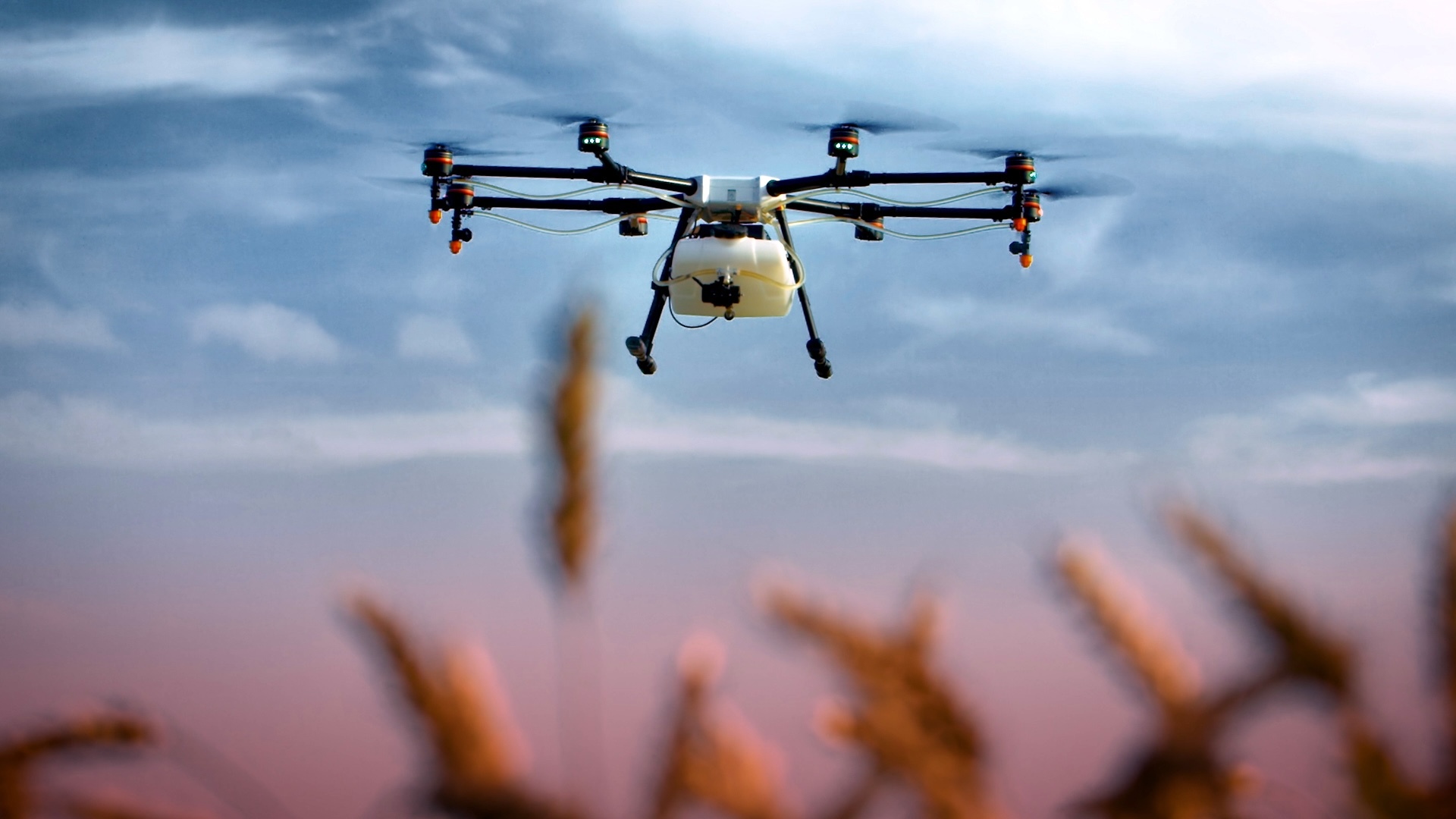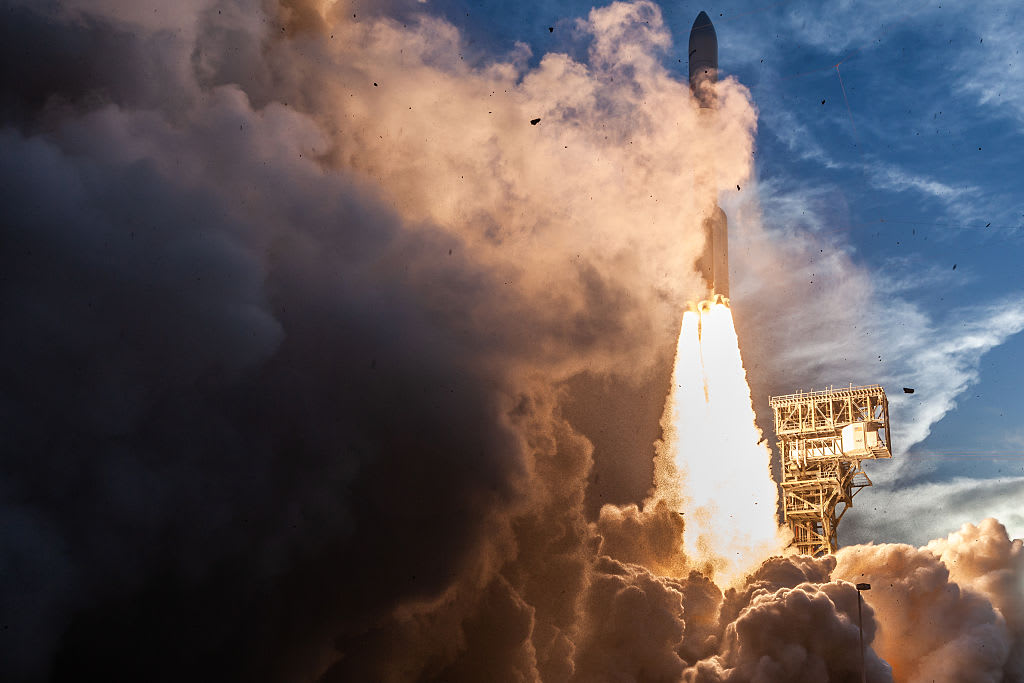How NASA flew a drone on Mars
Last month when a small helicopter named "Ingenuity" took-off from the surface of Mars, it made history as the first aircraft to fly in the in the atmosphere of another planet. It may have also unlocked future possibilities for how NASA explores the surfaces of distant planets.
Sunday on 60 Minutes, correspondent Anderson Cooper reported on the creation of Ingenuity, and the painstaking multi-year testing and planning process that allowed the drone to fly in the thin atmosphere of the red planet.
"It has to be a spacecraft as well as an aircraft," said Ben Pipenberg, a mechanical engineer at AeroVironment, a company that produces drones for military and civilian use. "And flying it as an aircraft on Mars is pretty challenging because of the density of the air. It's similar to about Earth at 100,000 feet."
Pipenberg and Matt Keennon led a team at AeroVironment that built Ingenuity's motors, rotors, and landing gear for NASA's Jet Propulsion Laboratory (JPL). The drone initially landed on Mars inside the NASA rover "Perseverance" on February 18.
The small helicopter was constructed to be as light as possible. The thin Martian atmosphere requires the drone's blades to spin at about 2,400 revolutions per minute, which is six times faster than its earthbound twin. AeroVironment constructed the blades with a Styrofoam-like material coated with carbon fiber.
Keennon created the drone's motor through trial and error. He said the first prototype motor he built for JPL took him 100 hours to handcraft.
"This was dozens of hours messing around and using little pieces of plastic and wood and metal as guides so that the wire would stay centered going through," Keennon said, while showing Cooper one of the prototype motors. "And then I'd pull it tight. And then I'd do another one. And then, once I would wind one tooth, I would test it."
Ingenuity cost $85 million to build and operate. NASA originally planned for the rover Perseverance to leave Ingenuity behind after 30 days, but NASA officials said recently that the pair would stay together for an additional month.
Thus far the Perseverance rover has sent more than 60,000 images back to earth where scientists are carefully analyzing them to learn more about Mars.
NASA hopes its "Mars 2020" mission lasts at least one Martian year or about 687 days on earth and is already planning for the next journey to the red planet.
The video above was produced by Keith Zubrow and Sarah Shafer Prediger. It was edited by Sarah Shafer Prediger.
